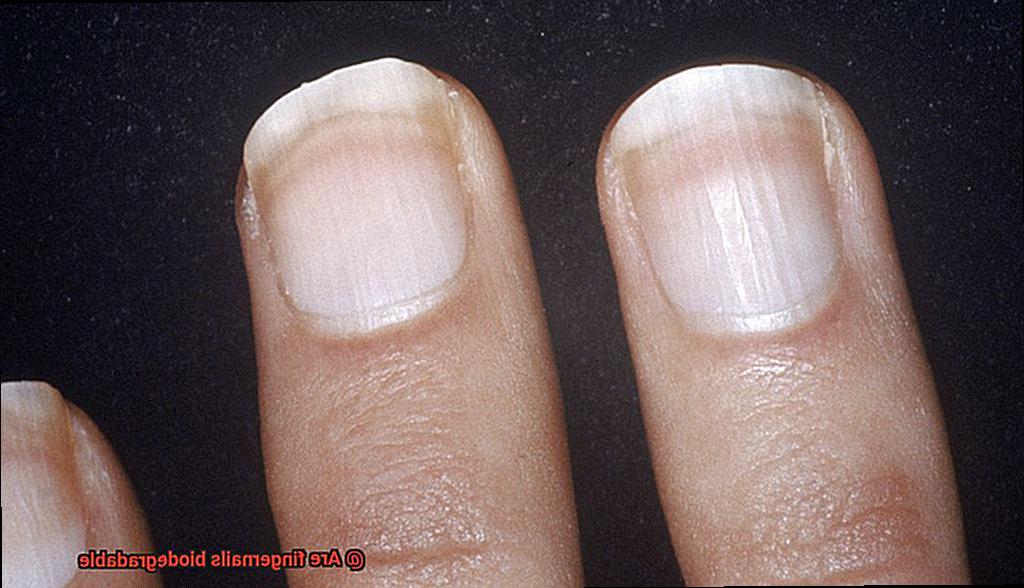Have you ever pondered the fate of your fingernails after they’re clipped and tossed in the trash? Do they linger indefinitely, impervious to decomposition and natural recycling processes? The question of whether fingernails are biodegradable may seem insignificant at first glance, but it raises a crucial point about our daily habits’ sustainability.
Fingernails consist of keratin, a hardy, fibrous protein also found in hair and animal horns. While keratin is biodegradable, various factors determine how quickly fingernails decompose. Moisture, heat, and microorganisms that can break down proteins all play a role.
In this blog post, we’ll delve into the captivating world of biodegradability and its implications for our fingernails. Should we dispose of them in the trash or compost them with other organic material? We’ll also explore sustainable practices’ significance and how each of us can reduce our waste and environmental impact.
So if you’re eager to learn more about fingernail biodegradability and its place in the larger context of sustainability, read on – you might be surprised by what you discover.
What is Biodegradability?
Contents
It refers to the ability of an item to break down naturally and safely into its basic elements without causing harm to the environment. When a material is biodegradable, it can decompose and return to nature without leaving any harmful residue behind.
This process occurs naturally by the action of microorganisms such as bacteria, fungi, and enzymes that break down organic materials. The final result of biodegradation is carbon dioxide, water, and other natural elements that are not harmful to the environment. In short, biodegradability helps reduce waste and pollution while promoting sustainability.
Many industries, such as packaging, textiles, and household items, have been increasing their demand for biodegradable products. Manufacturers have been taking steps to make their products more environmentally friendly by using biodegradable materials or improving their existing products’ biodegradability.
However, it’s important to understand that not all materials decompose at the same rate or in the same way. There are different levels of biodegradability, and not all products labeled “biodegradable” are equal. Some materials take longer to break down than others, and some require specific conditions like heat or moisture to decompose properly.
So what about fingernails? While they’re made of keratin, a durable and tough protein that provides strength and protection, they’re not considered biodegradable. Keratin is highly resistant to breaking down in the environment and can remain intact for years, even after being shed from the body. However, fingernails do eventually decompose over time as old nail cells are replaced by new ones.
But even though fingernails may eventually decompose naturally, they still contribute to environmental waste if disposed of improperly. Many people dispose of their nail clippings in the trash, where they can take years to decompose in a landfill. To reduce environmental waste, it’s recommended that individuals dispose of their nail clippings in a compost bin or other organic waste disposal system.
What are Fingernails Made Of?
Well, here’s the answer: they are made of a strong and durable protein called keratin. Keratin is the same substance that makes up hair and the outer layer of skin, which helps protect our fingertips and enhance our grip.
Fingernails grow from the nail bed, which is located beneath the cuticle. The nail bed contains blood vessels and nerves that help nourish and support the growth of new nails. Fingernails are composed of several layers of keratinized cells that are constantly growing and shedding. Interestingly, the rate of fingernail growth varies depending on factors such as age, gender, and overall health. On average, fingernails grow about 0.1 millimeters per day, or approximately one centimeter every 100 days.
Despite their strength and durability, fingernails pose an environmental challenge as they are not biodegradable. When we trim or clip our nails, they become waste material that will not decompose naturally in the environment. This is because keratin is a highly resistant protein that cannot be easily broken down by biological processes.
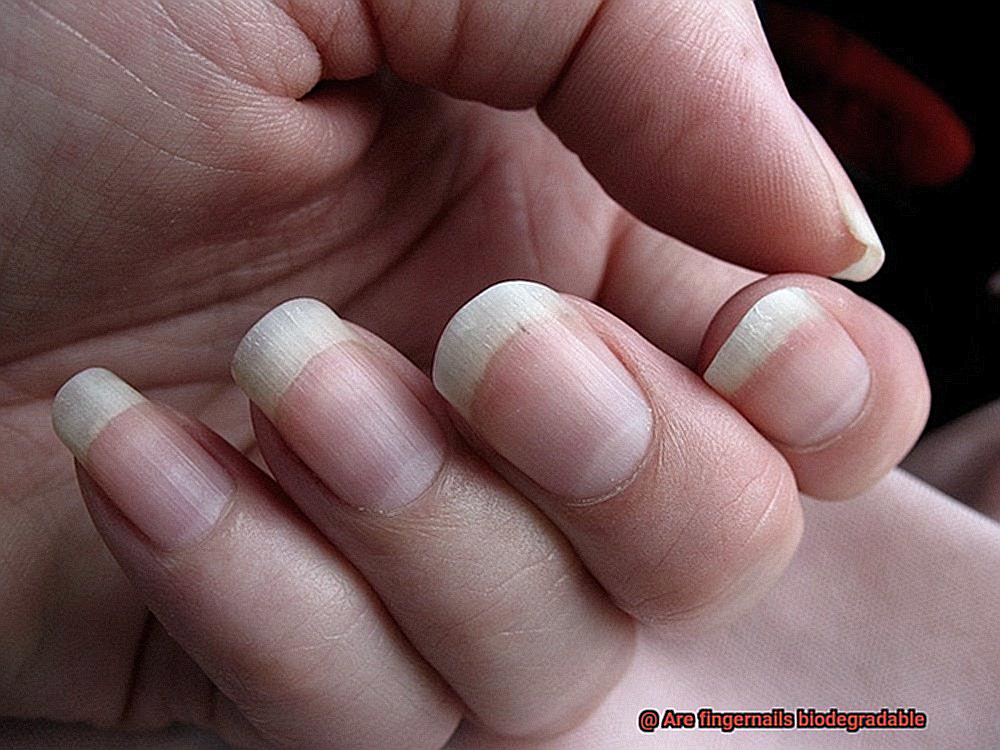
However, there are ways to dispose of fingernail clippings in an eco-friendly manner. Some people choose to compost their nail clippings along with other organic waste materials, which can help to reduce the amount of waste that ends up in landfills. Others may choose to use nail clippings as a source of nitrogen for their garden or plants, as keratin is a rich source of this essential nutrient.
Are Fingernails Biodegradable?
The question at hand is whether or not fingernails are biodegradable, and the answer is a resounding yes. However, there’s more to it than initially meets the eye.
Fingernails are made of a natural protein called keratin, which can break down over time. But the rate at which they decompose depends on several crucial factors. One of the most significant is the environment in which they’re disposed of. If nails are thrown into a landfill, where there’s little oxygen or sunlight, they can take years or even decades to break down. But if disposed of properly in a compost bin with a balance of carbon and nitrogen, fingernails can decompose within a few months.
Another important factor that affects the biodegradability of fingernails is the presence of chemicals. Many nail products contain harsh chemicals that can slow down or even halt the natural decomposition process. So it’s essential to remove any nail polish or coatings before composting or disposing of nails to ensure they have the best chance of breaking down naturally.
Think of your fingernails as tiny compostable containers for keratin. If you dispose of them correctly and provide them with the right conditions, they’ll break down into nutrients for the earth.
On the other hand, failing to remove any artificial coatings is like putting a lid on that container – nothing can get in or out.
How Do Fingernails Decompose?
Fingernails are mainly composed of keratin, a protein that is not easily broken down by natural processes. However, certain conditions can contribute to the decomposition of our beloved nails.
Moisture is one of the significant factors that affect fingernail decomposition. Just like bread left out in the air, extended exposure to moisture can make fingernails soft and eventually break down. So if your nails are buried in soil or submerged in water, they will eventually decompose.
In addition to moisture, microorganisms such as bacteria and fungi can also play a role in fingernail decomposition. These tiny creatures are capable of breaking down keratin, which means nails that are exposed to them will decompose more quickly than those that are not.
Temperature and pH levels are also external factors that can influence the rate at which fingernails decompose. Warmer temperatures and higher pH levels can accelerate the process.
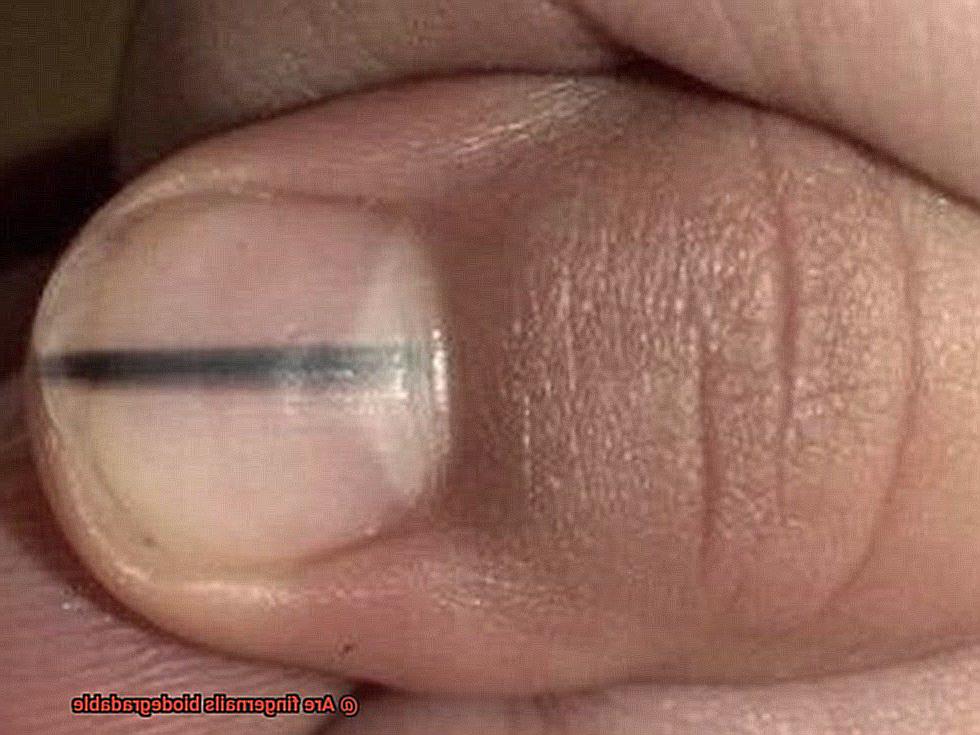
The Environmental Impact of Fingernail Disposal
The materials used to manicure and decorate our nails, such as acrylic nails and nail polish, can have a significant impact on the environment if not disposed of properly. While fingernails themselves are biodegradable, the synthetic materials used to beautify them can take hundreds of years to degrade when tossed in landfills or flushed down the toilet.
Acrylic nails, in particular, are a major concern. These popular artificial nails are made from polymers that do not break down easily in nature, posing a significant threat to the environment. To minimize their impact, it’s essential to dispose of them in the trash, rather than flushing them down the toilet or throwing them out in nature.
Moreover, nail polish and other nail products can contain harmful chemicals that can contaminate natural resources and harm wildlife when not disposed of properly. To avoid this, it’s crucial to dispose of these products in hazardous waste collection sites or through community programs that accept these types of materials.
Fortunately, we can all do our part to reduce our environmental impact when it comes to fingernail care. Opting for natural, biodegradable materials whenever possible is an excellent first step. Choosing nail products that are free from harmful chemicals like formaldehyde and toluene can also make a significant difference.
Tips for Reducing Environmental Waste
Reducing environmental waste is crucial for the sustainability of our planet. It’s time to take care of our planet just as we take care of our body, and every little effort counts. By implementing these seven tips for reducing environmental waste, we can make a positive impact on the environment and create a healthier planet.
Reduce, Reuse, Recycle
It’s like going to the gym and working on our body – we need to reduce the amount of waste we generate, reuse items instead of discarding them, and recycle materials that can be reused. These three R’s of waste management are crucial in reducing environmental waste.
Use Reusable Bags
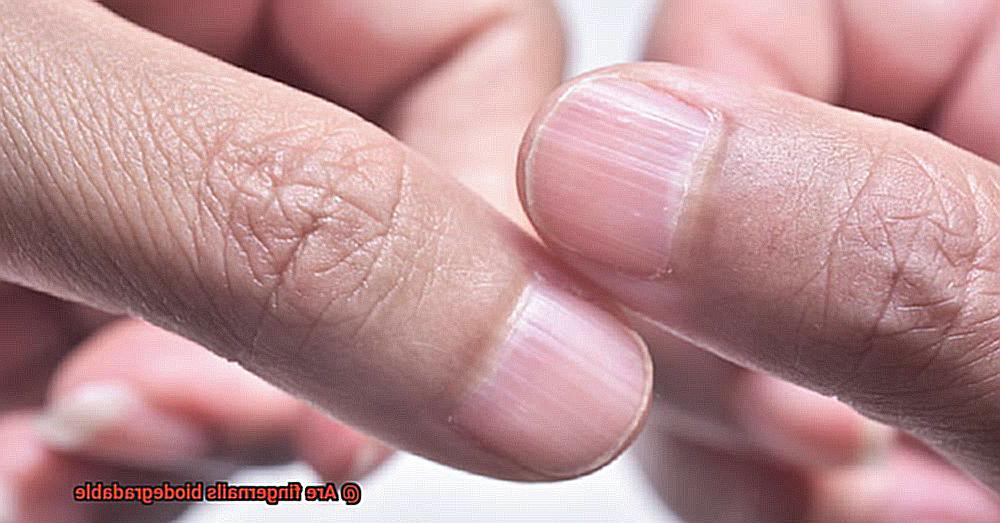
Just like choosing a stylish outfit, using reusable bags is an easy way to make a statement and contribute to a healthier environment. Plastic bags are a major source of environmental pollution, but by using reusable bags made of cloth or other durable materials, we can significantly reduce the number of plastic bags that end up in landfills or pollute our oceans.
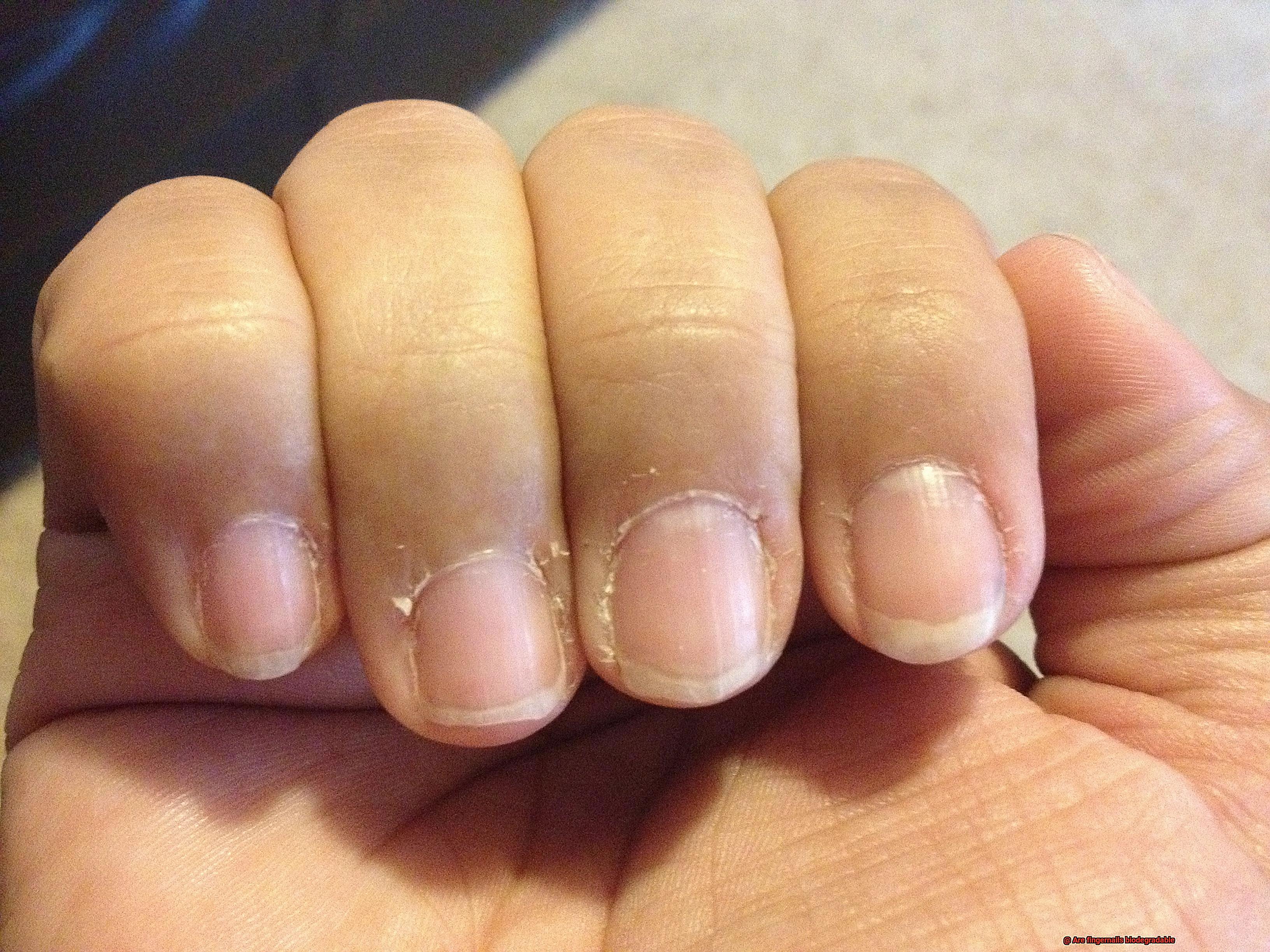
Use Reusable Containers
Using reusable containers is like packing a healthy lunch – it helps us save money and reduce waste. Instead of using disposable containers for food and beverages, use reusable containers that can be easily washed and used again. This reduces the amount of waste generated from single-use containers.
Compost Food Waste
Just like eating healthy food nourishes our body, composting food waste nourishes the soil. Composting food waste is an excellent way to reduce environmental waste while also creating nutrient-rich soil for gardening.
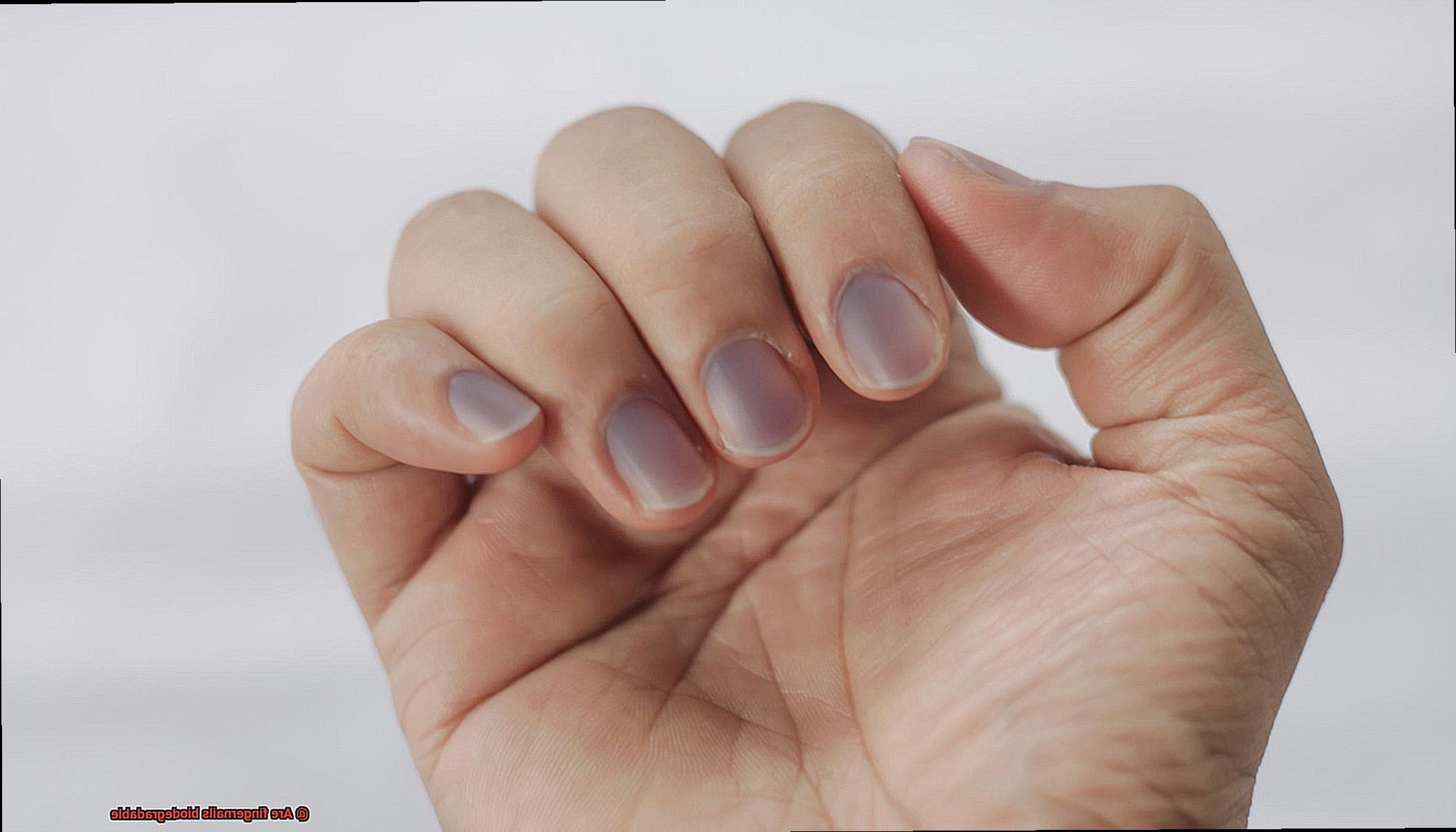
Use Energy-Efficient Appliances
Using energy-efficient appliances is like taking care of our skin – it helps us look good and feel good about contributing to the environment. Energy-efficient appliances consume less energy and reduce greenhouse gas emissions.
Reduce Water Usage
Conserving water is crucial in reducing environmental waste. It’s like drinking enough water to stay hydrated – simple steps like fixing leaky faucets, taking shorter showers, and using drought-tolerant plants in landscaping can significantly reduce water usage.
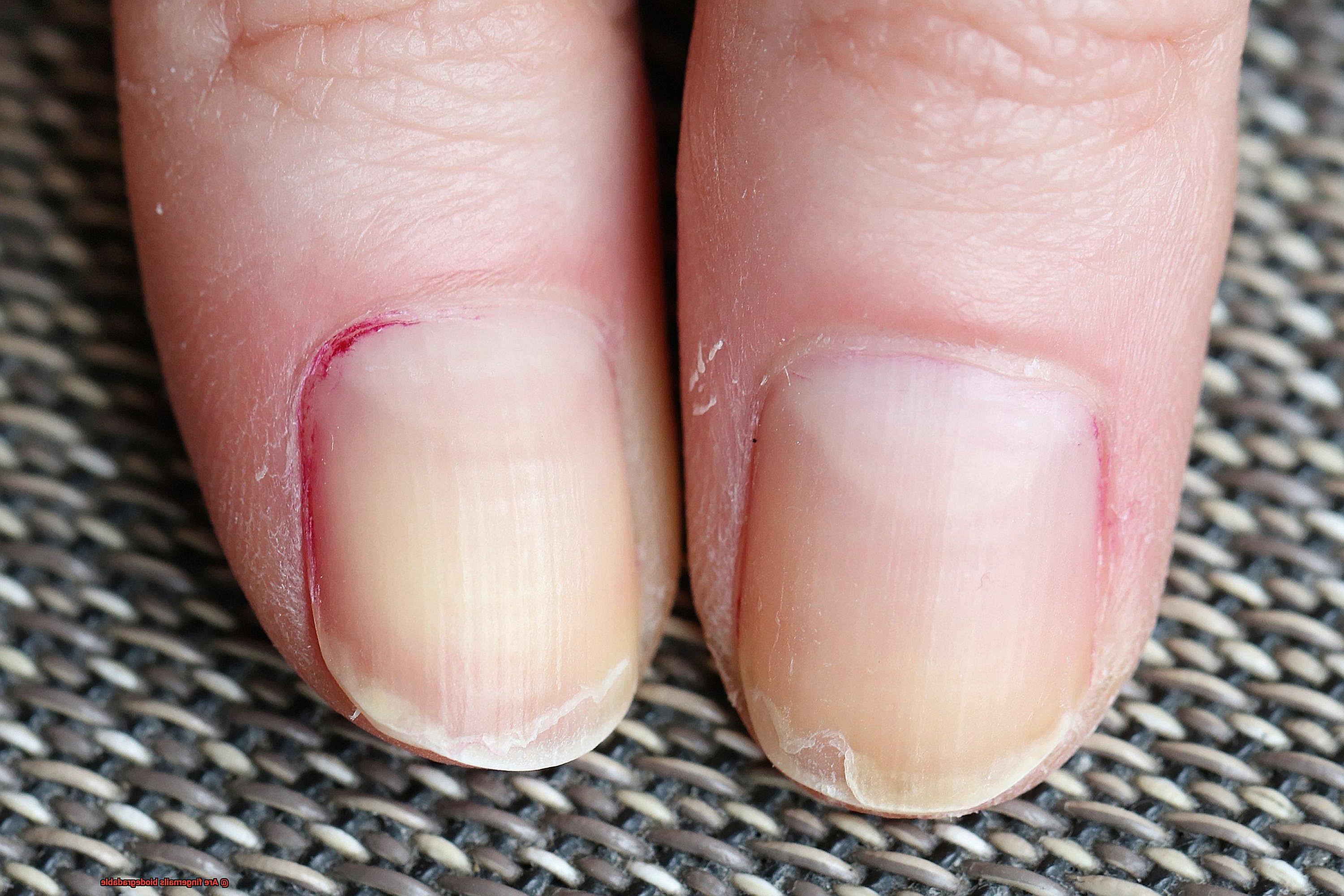
Buy Local and Organic Produce
Buying local and organic produce is like choosing healthy food options – it’s a healthier option for us and the environment. Buying local and organic produce supports local farmers and reduces the carbon footprint associated with transporting food long distances.
By implementing these tips into our daily lives, we can make a positive impact on the environment and help reduce waste. Just like taking care of our body, every little effort counts in preserving our planet for future generations.
XhZ_USMlQ3w” >
Conclusion
To sum up, the question of whether fingernails are biodegradable may seem trivial, but it highlights an essential aspect of sustainability in our daily routines. Fingernails are made up of keratin, a robust protein that also exists in hair and animal horns. While keratin is biodegradable, several factors determine how quickly fingernails decompose. Moisture, heat, and microorganisms that can break down proteins all play a role.
It’s crucial to note that not all materials decompose at the same rate or in the same manner. There are different levels of biodegradability, and not all products labeled “biodegradable” are created equal.
Although fingernails provide vital protection for our fingertips and improve our ability to grasp objects, they are not biodegradable due to the nature of the keratin protein they contain. However, we can still make a positive impact on the environment by properly disposing of our nail clippings through composting or using them as a source of nitrogen for our garden or plants.
To reduce environmental waste when it comes to nail care, choosing natural and biodegradable materials whenever possible is an excellent first step. Opting for nail products free from harmful chemicals like formaldehyde and toluene can also make a significant difference.
By implementing simple tips such as reducing water usage, using reusable bags and containers, composting food waste, buying local and organic produce, using energy-efficient appliances and following proper waste management practices in our daily lives we can make a positive impact on the environment and help reduce waste.
